Why should Mac users pay for Windows?
Microsoft's Windows 10 pricing is baffling


I recently bought my first Mac. I know, I know – cover me in tar and slather me in magical, space grey feathers, but I simply couldn’t resist the 16in MacBook Pro with its awesome screen and speakers.
That said, I’m still a Windows boy at heart and, even though almost all the apps I use on a daily basis are available and almost identical on macOS, there are still a few Windows-only apps that I don’t want to forego. So, one of the first things I did with my new Mac was to install the Parallels Desktop 15, which allows you to run Windows apps on your Mac as if they were native Mac apps.
Unlike Apple’s Boot Camp, where you either boot into Windows or macOS, Parallels lets you run both Windows and Mac apps side by side. It is genuinely brilliant, even though it has followed that annoying trend of turning itself into a £70-per-year piece of subscription software, despite there being no good reason why it shouldn’t just be a one-off purchase.
But if you thought the cost of Parallels was stiff, that’s nothing compared to the price of the Windows 10 licence you need to run it. Most of us are now accustomed to thinking of Windows 10 as ‘free’, because of the way Microsoft offered free upgrades to anyone on Windows 7 and 8. But if you buy Windows 10 as a standalone operating system for a new computer you’ve built yourself or, in my case, so you can run Windows apps on your Mac, it’s a long, long way from free.
If you want to buy Windows 10 Home from the official Microsoft UK Store, that will set you back £120. If it’s the Pro version you’re after, it really is deep-breath time because it weighs in at a staggering £220. That’s about four or five times what Microsoft reportedly charges PC builders to install Windows 10 on their computers.
Having just performed open-wallet surgery to get the Mac in the first place, I was in no mood to shell out another few hundred quid, so I started looking around for cheaper alternatives. Type “Windows 10 product key” into Google (because a 16-digit key is all
you need, as Parallels has already downloaded and installed Windows 10), and you’ll find all kinds of shifty-looking sites offering Windows 10 Pro keys for as little as £20.
Get the ITPro daily newsletter
Sign up today and you will receive a free copy of our Future Focus 2025 report - the leading guidance on AI, cybersecurity and other IT challenges as per 700+ senior executives
Now, I’ve been around the block a few times. I know full well that many of the codes you get from these sites will be invalid or blocked by Microsoft because the same codes have been sold hundreds of times over. But sorting the genuine code sellers from the conmen isn’t always easy. Even Amazon lists several sellers offering licence keys for as little as a tenner, which are surely too good to be true. Surely?
In the end, the cheapest legitimate way to get a product key was from Amazon – £100 for someone to send a boxed copy of Windows 10 on a USB stick, along with that all-important code. And I still had to wait a day or so for it to arrive in the post.
Only Microsoft could make it more than twice as expensive to send a 16-digit code via email than to have a box with an unwanted USB stick sent via snail mail.
Barry Collins is an experienced IT journalist who specialises in Windows, Mac, broadband and more. He's a former editor of PC Pro magazine, and has contributed to many national newspapers, magazines and websites in a career that has spanned over 20 years. You may have seen Barry as a tech pundit on television and radio, including BBC Newsnight, the Chris Evans Show and ITN News at Ten.
-
 AI is helping bad bots take over the internet
AI is helping bad bots take over the internetNews Automated bot traffic has surpassed human activity for the first time in a decade, according to Imperva
By Bobby Hellard
-
 Two years on from its Series B round, Hack the Box is targeting further growth
Two years on from its Series B round, Hack the Box is targeting further growthNews Hack the Box has grown significantly in the last two years, and it shows no signs of slowing down
By Ross Kelly
-
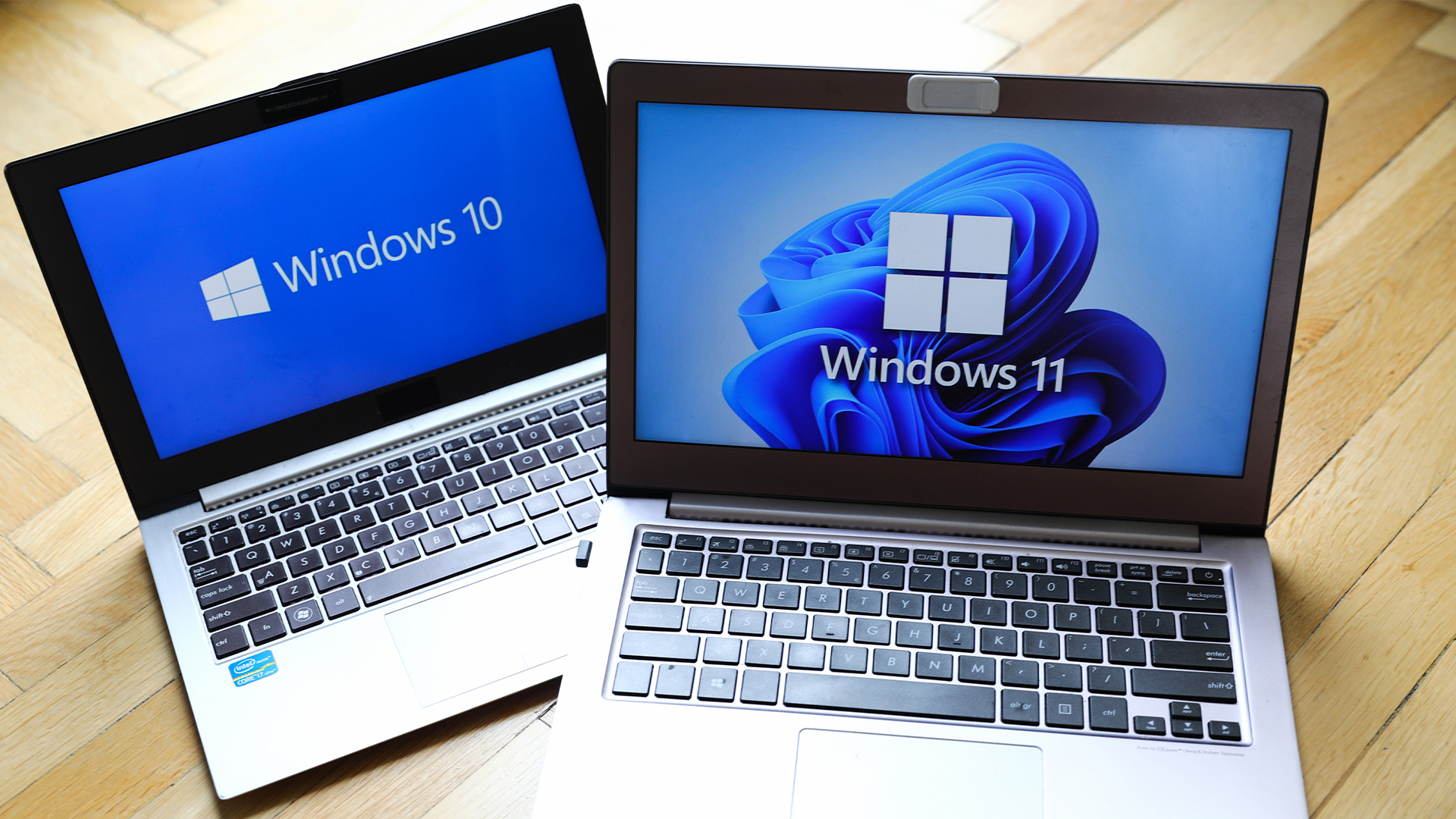 Dragging your feet on Windows 11 migration? Rising infostealer threats might change that
Dragging your feet on Windows 11 migration? Rising infostealer threats might change thatNews With the clock ticking down to the Windows 10 end of life deadline in October, organizations are dragging their feet on Windows 11 migration – and leaving their devices vulnerable as a result.
By Emma Woollacott
-
 Recall arrives for Intel and AMD devices after months of controversy
Recall arrives for Intel and AMD devices after months of controversyNews Microsoft's Recall feature is now available in preview for customers using AMD and Intel devices.
By Nicole Kobie
-
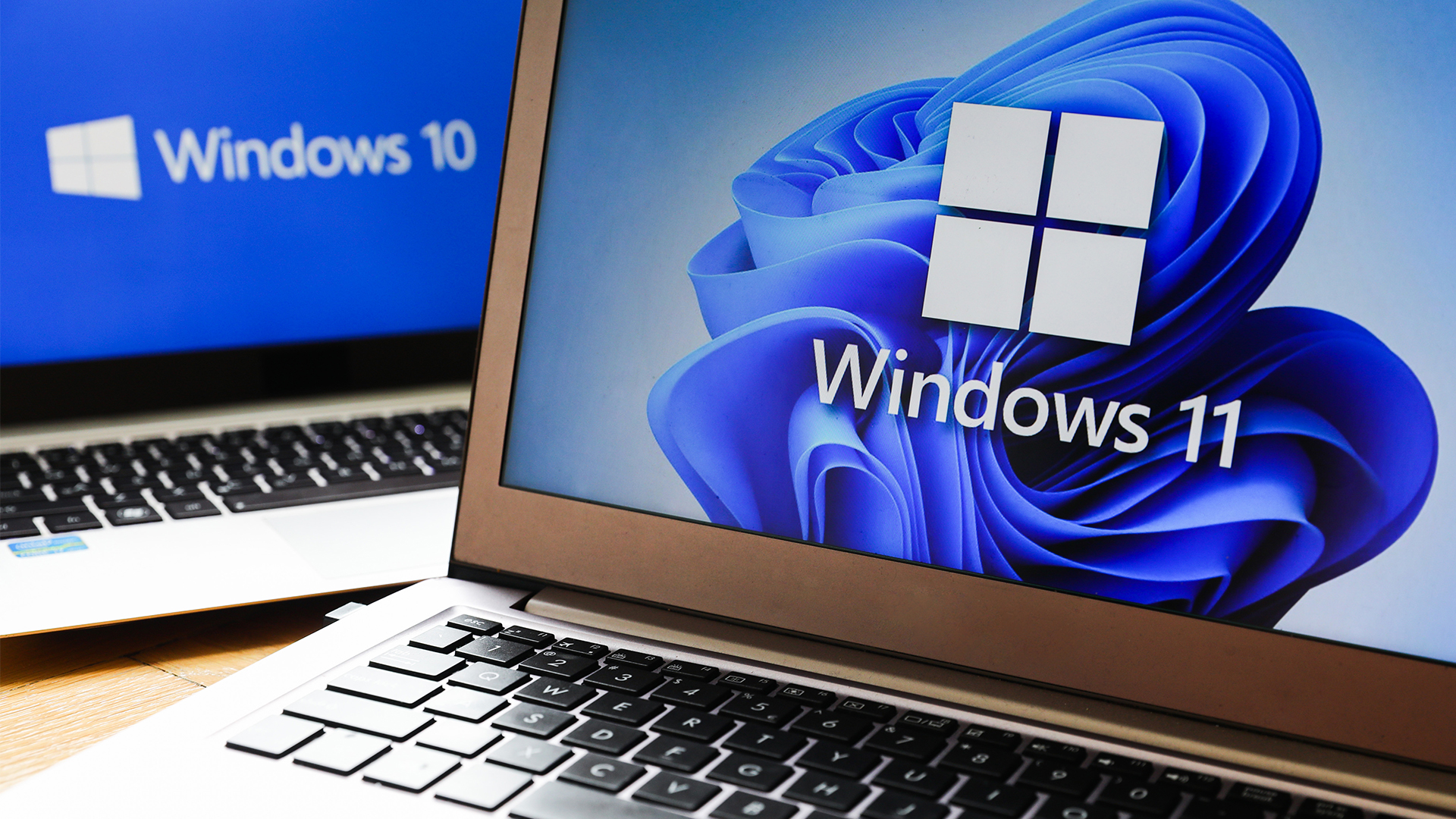 With one year to go until Windows 10 end of life, here’s what businesses should do to prepare
With one year to go until Windows 10 end of life, here’s what businesses should do to prepareNews IT teams need to migrate soon or risk a plethora of security and sustainability issues
By George Fitzmaurice
-
 Microsoft is doubling down on Widows Recall, adding new security and privacy features – will this help woo hesitant enterprise users?
Microsoft is doubling down on Widows Recall, adding new security and privacy features – will this help woo hesitant enterprise users?News The controversial AI-powered snapshotting tool can be uninstalled, Microsoft says
By Nicole Kobie
-
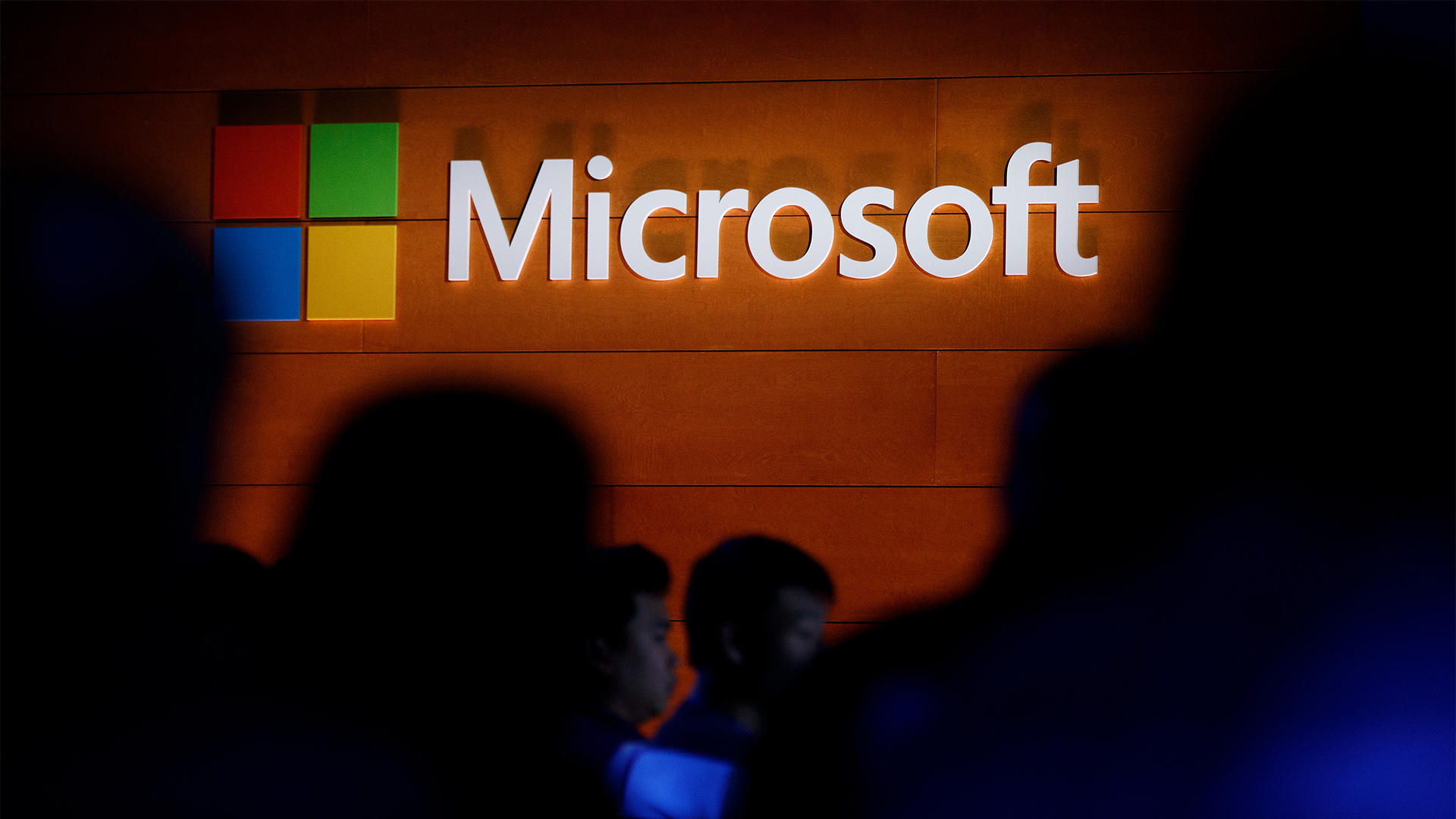 Microsoft patches rollback flaw in Windows 10
Microsoft patches rollback flaw in Windows 10News Patch Tuesday includes protection for a Windows 10 "downgrade" style attack after first being spotted in August
By Nicole Kobie
-
 Companies “wary” of Windows 11 migration challenges as Windows 10 EOL draws closer
Companies “wary” of Windows 11 migration challenges as Windows 10 EOL draws closerNews A recent study shows that only a fraction are running Windows 11, despite a rapidly-approaching end of life deadline
By George Fitzmaurice
-
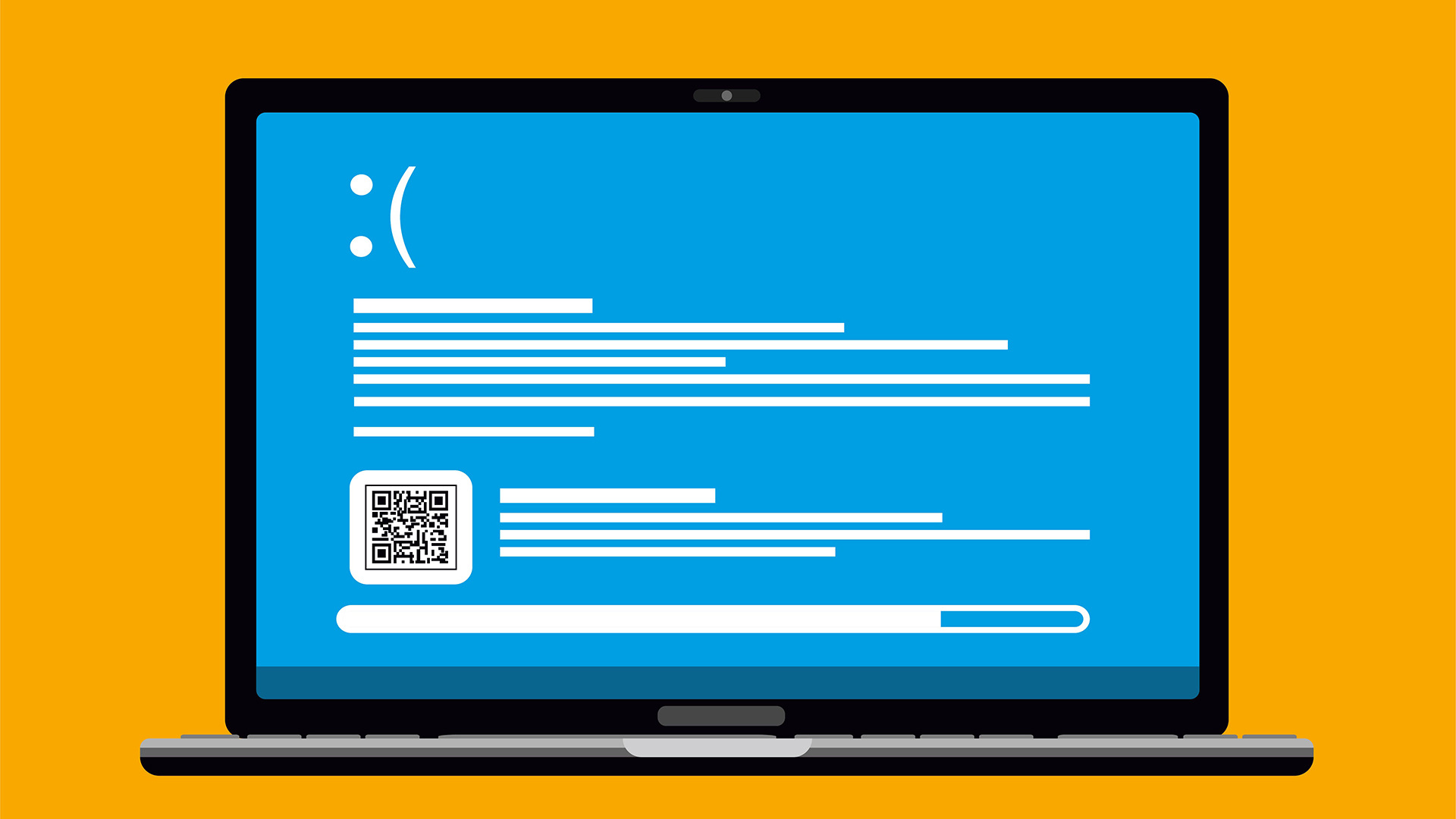 New Windows vulnerability could repeatedly trigger the blue screen of death on millions of devices
New Windows vulnerability could repeatedly trigger the blue screen of death on millions of devicesNews Attackers could exploit the Windows vulnerability to repeatedly crash machines and trigger a blue screen of death, according to researchers at Fortra
By Solomon Klappholz
-
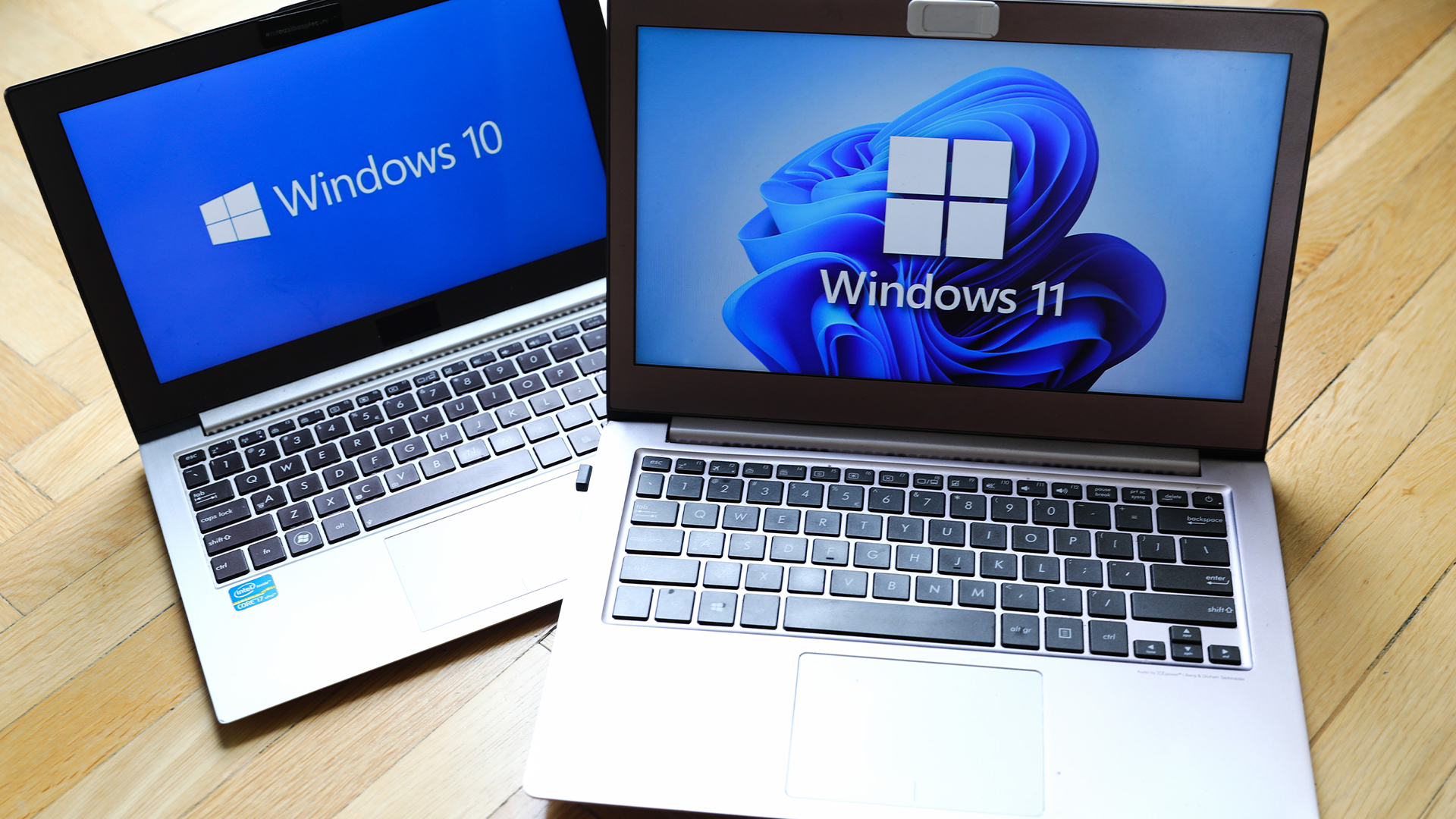 Here’s how much Windows 10 could cost if you don’t upgrade this year
Here’s how much Windows 10 could cost if you don’t upgrade this yearNews Windows 10 extended security updates will cost users dearly, with prices rising incrementally each year.
By George Fitzmaurice